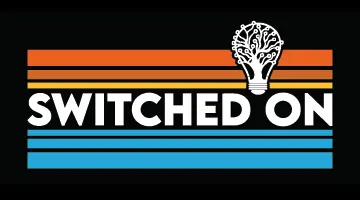Sap Sapphire 2024 Recap Joule Cloud And A Growing Divide
Loading...

Recent Posts
10 Ways to Turn Everyday Data into Uncommon Value
12/02/2025 11:39 PM
Is Microsoft Copilot Worth It? A Reality Check for 2025 and Beyond
11/21/2025 1:51 AM
Low-Code Isn’t Dead — It’s Just Getting Smarter
11/07/2025 2:18 AM
Power Platform Community Conference 2025 Recap
11/02/2025 11:38 PM
When Data Stops Sitting Still: A New Era of Actionable Analytics
10/23/2025 4:15 AM
The Manufacturer's Guide: 7 Key Benefits of Adopting an MES System
10/05/2025 11:17 PM
Data Fabric: A Smarter Approach to ERP and Shop Floor Connectivity
10/05/2025 11:16 PM
ISA-95 & America's Digital Manufacturing Transformation
10/05/2025 11:09 PM
The Digital Manufacturing Imperative: Why American Manufacturers Must Become Software Companies
10/05/2025 11:08 PM
Bowdark & Backburner Join Forces to Launch BrightOps Labs
10/05/2025 10:53 PM

